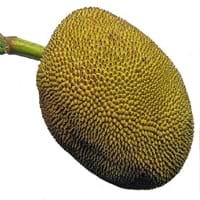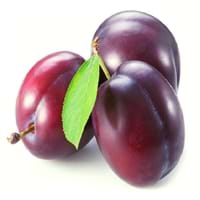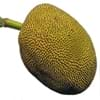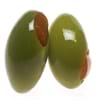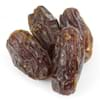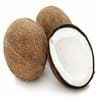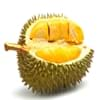Health Benefits
Cancer prevention, Heart care, Prevents constipation, Regulation of heart rate, Treatment of colonic diseases
Cancer prevention, Cures gastro-intestinal troubles, Heart care, Increase in haemoglobin, Prevents diabetes
General Benefits
Controls blood pressure, Cures cough, Digestive aid, Flu treatment, Improves eye vision, Treatment of common cold
Anti-inflammatory properties, Boosts immune system, Digestive aid, Eye care, Flu treatment, Helps in weight loss, Maintains healthy cholesterol level, Treatment of common cold
Skin Benefits
Brightens and lightens complexion, Reduces wrinkles
Anti-aging benefits, Brightens and lightens complexion, Reduces wrinkles, Skin revitalization, Treatment of dark spots
Hair Benefits
Promotes longer and healthier hair, Regulates hair growth
Prevents hair loss, Promotes longer and healthier hair, Protects hair, Remedy for split ends, Treatment of dandruff
Allergy Symptoms
Abdominal cramps, Diarrhea, Skin Rashes, Swelling of mouth, tongue or lips, Vomiting
Abdominal pains, Anaphylaxis, Vomiting
Side Effects
Allergic reaction, Coagulation
Allergic reaction
Pregnant Women
Not Available
Yes
Best Time to Eat
Along with meal, As a snack in the late afternoon, Don't consume at night and before bed, Eat the fresh ones, avoid mixing with any other foods, don't eat after meal., Morning time (before lunch)
As a snack in the late afternoon, Eat the fresh ones, avoid mixing with any other foods, don't eat after meal., Morning time (before lunch)
Vitamin B5 (Pantothenic Acid)
Vitamin C (Ascorbic Acid)
Vitamin K (Phyllochinone)
Not Available
Phytosterol
Not Available
Calories in Fresh Fruit with Peel
Not Available
Calories in Fresh Fruit without Peel
Not Available
Type
Tree fruit, Tropical
Tree fruit
Season
Autumn, Monsoon, Summer
Summer
Varieties
Black Gold, Cheena, Cochin, Dang Rasimi, Golden Nugget and Golden Pillow
Victoria, President, Czar, Ariel, Avalon and Oullins Gage
Color
Dark green, Golden yellow, Green, Indigo, Magenta, Yellowish-orange
Pink, Purple, Red
Inside Color
Yellow
Yellow
Taste
Sweet
Juicy, Sweet, Tart
Soil Type
Clay loam, Porous, Sandy, Well-drained
Clay, Loam, Sandy loam
Climatic Conditions
Humid, Warm
Cold
Facts about
- There are up to 500 seeds in Jackfruit & these seeds are edible.
- Root extracts of Jackfruit tree is used to treat diarrhea, fever and asthma.
- The taste of jackfruit is combination of mango, banana, melon and papaya.
- In china, plums are used for production of wine.
- A chemical called amygdalin found in plum seeds, turns into toxic compound in human body.
- Plum tree produces fruit 3-5 yrs after planting.
Other Countries
Bangladesh, Indonesia, Nepal, Thailand
Bosnia, Chile, India, Iran, Italy, Romania, Serbia, Turkey, United States of America
Top Importer
United States of America
United Kingdom
Botanical Name
Artocarpus heterophyllus
Prunus domestica
Synonym
Artocarpus heterophylla or Artocarpus integra or Artocarpus integrifolia
Not Available
Subkingdom
Tracheobionta
Tracheobionta
Division
Magnoliophyta
Magnoliophyta
Class
Magnoliopsida
Magnoliopsida
Subclass
Alismidae
Rosidae
Species
A. heterophyllus
P. domestica
Generic Group
Not Available
Rose
Difference Between Jackfruit and Plum
We might think that Jackfruit and Plum are similar with respect to nutritional value and health benefits. But the nutrient content of both fruits is different. Jackfruit and Plum Facts such as their taste, shape, color, and size are also distinct. The difference between Jackfruit and Plum is explained here.
The amount of calories in 100 gm of fresh Jackfruit and Plum with peel is Not Available and 46.00 kcal and the amount of calories without peel is 95.00 kcal and Not Available respectively. Thus, Jackfruit and Plum belong to and category.These fruits might or might not differ with respect to their scientific classification. The order of Jackfruit and Plum is Rosales and Rosales respectively. Jackfruit belongs to Moraceae family and Plum belongs to Rosaceae family. Jackfruit belongs to Artocarpus genus of A. heterophyllus species and Plum belongs to Prunus genus of P. domestica species. Beings plants, both fruits belong to Plantae Kingdom.
